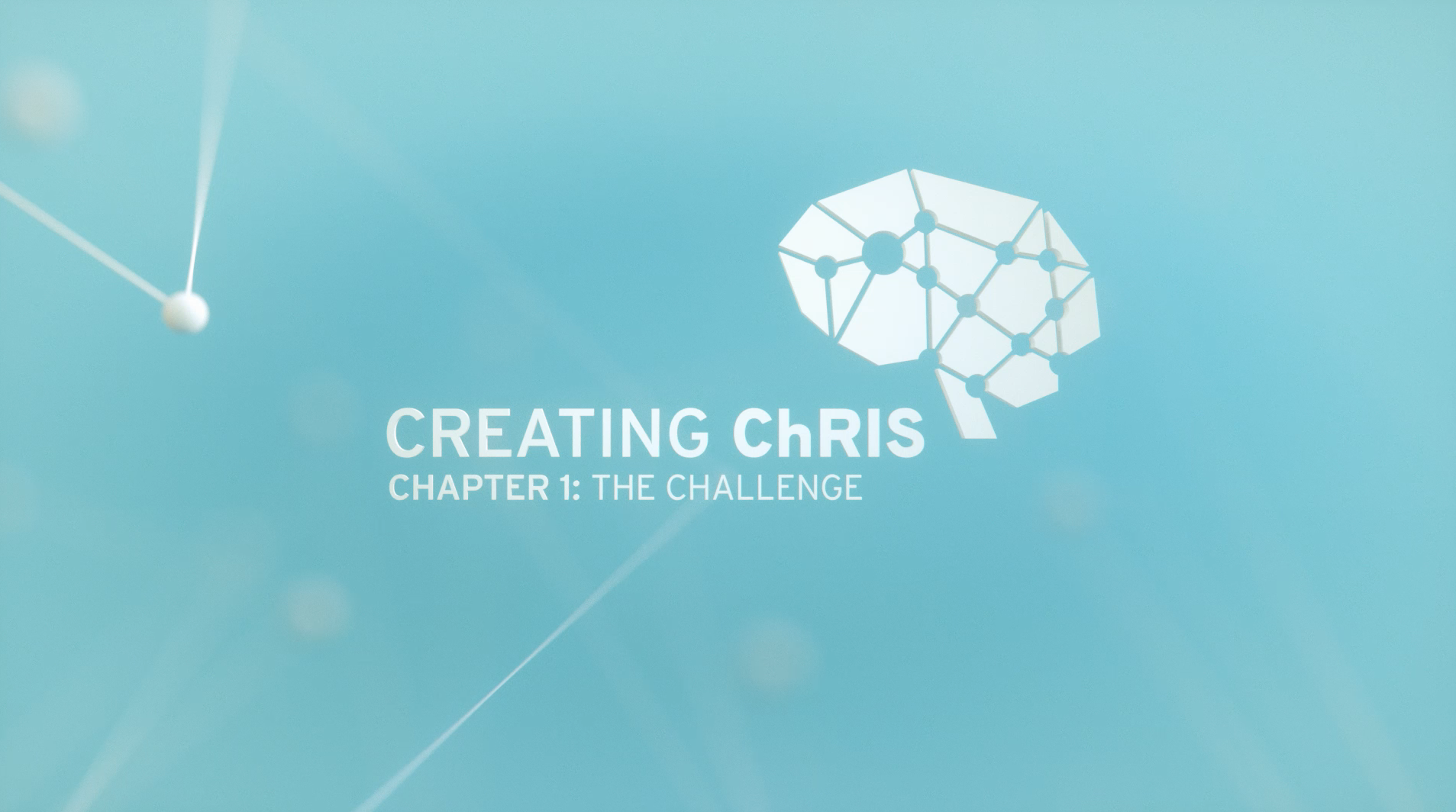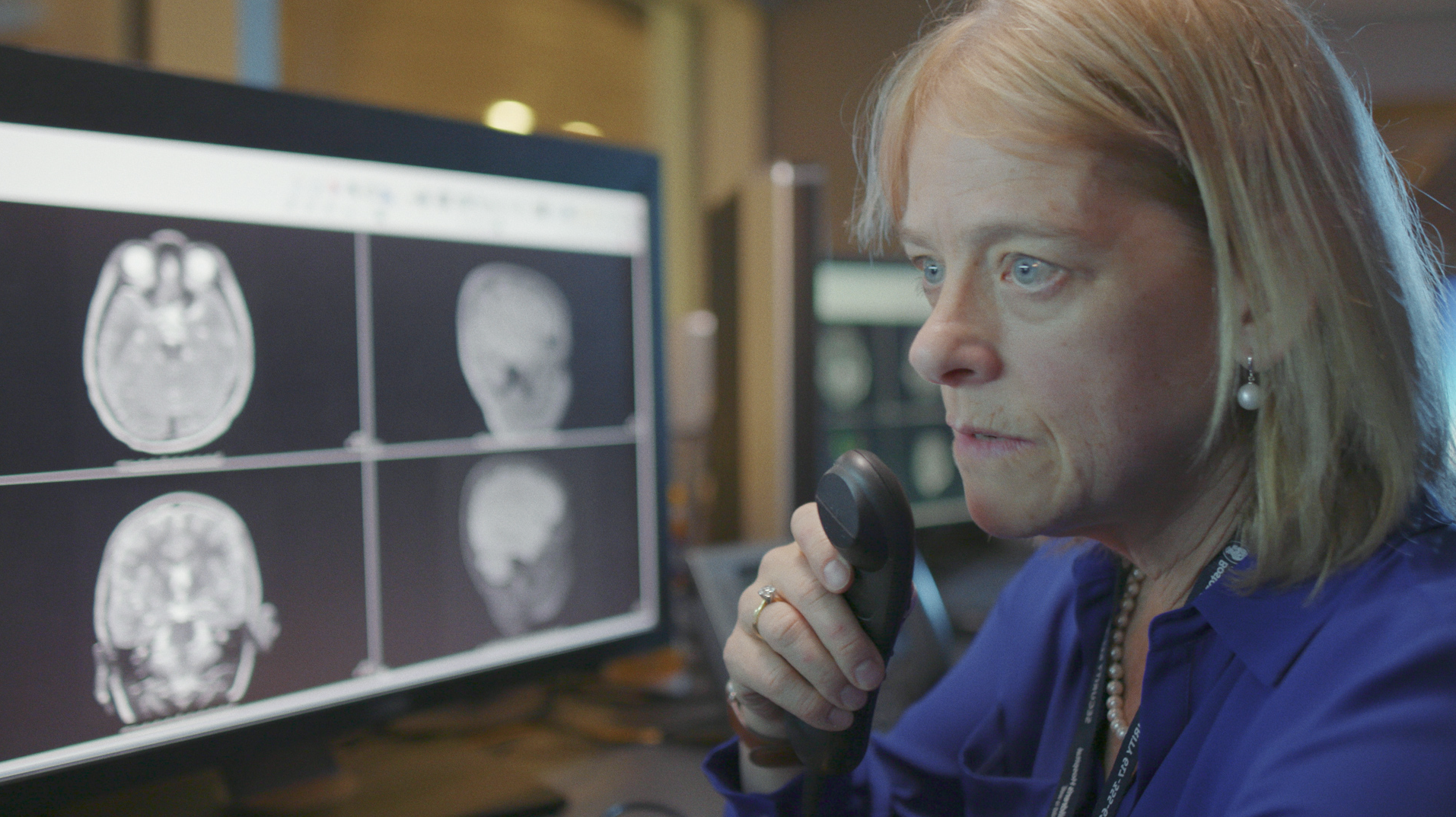Blog de Red Hat
Rachel Rooney, producer, and Dave Baeumler, associate creative director, discuss building an original video series and how it contributes to the company’s marketing efforts. Dave breaks down the decision to do chapertized content versus creating one video asset, and Rachel walks through the logistical challenges and the unpredictability of being on set.
We've included a snapshot of the conversation, but you can also listen to the full conversation with our embedded player or download the MP3.
Dave: The origin of Creating ChRIS was really interesting because there was a lot of talk, at the time, about our video storytelling platform at Red Hat and what types of stories we wanted to tell. We already had some established programs like Open Source Stories, which is a branded journalism program that looks outside of enterprise IT and doesn’t really look at Red Hat at all. It exposes cool open source principles or hardware or software that people are using in different fields.

Title sequence for Creating ChRIS chapter 1
And then, of course, we have our customer reference program, where we tell how our customers are using our technologies. The story around Boston Children’s Hospital in Massachusetts Open Cloud didn’t really fit cleanly into either of those categories. We saw this opportunity to tell a new type of story that, internally, we were calling “Red Hat as a Catalyst.” That allowed us to tell stories that had a “humanizing the brand” component, where we could tell stories of social good but also talk a little bit about our portfolio and our technologies.

Dr. Ellen Grant in Creating Chris chapter 1
Rachel: We settled on having a chapterized video series, where we could tell this story in 3 or 4 shorter pieces.
Dave: I think another reason why it was a good approach to tell a multi-chapter story, is because we knew that we were going to have to hit a lot of different audiences, and we knew we couldn’t do that in one piece because one of the goals of the project was to build a community around ChRIS.

Behind the scenes at Boston University. Photo credit: Rachel Rooney
Rachel: It was a complicated shoot. There was Red Hat, Massachusetts Open Cloud, and Boston Children’s Hospital. Multiple representatives from each. We had interviews. We also had kind of this stylized B-roll that we were filming. There was a hospital involved. Our first shoot was 4 full days of filming, and we went back to Boston 2 different times to get more content.
But we went into this really trying to be flexible.
Dave: Yeah, and then you had to pivot quite a bit because some of our interviewees weren’t available at the time when we scheduled them.
Rachel: Yes. Ellen Grant, who’s one of our main people from Boston Children’s Hospital, lost her voice the week that we were filming, so that was a challenge. She was a trooper, and she made herself available to film B-roll, even though she was pretty sick. So we had to figure out how to film her B-roll and then go back later for another trip to do her interview. Coordinating with the hospital was really challenging, and we found out on site that we were able to film at the hospital, but we couldn’t do it until the night time. So that led me to literally rewriting the entire schedule on the back of my call sheet, the day of, to shift our whole day 4 hours so we could capture everything we needed.
 Redoing the call sheet on set. Photo credit: Rachel Rooney
Redoing the call sheet on set. Photo credit: Rachel Rooney
Creating ChRIS is a video series from Red Hat that shows what happens when passionate visionaries and open technologies come together. Born out of a tight partnership between Boston Children’s Hospital, the Massachusetts Open Cloud (MOC), and Red Hat, the series follows a group of researchers as they develop the ChRIS Research Integration System—an open source, web-based medical imaging platform that greatly increases the speed at which medical professionals can analyze medical images such as MRIs.
This is part one of a five-part blog series goes behind the scenes on several aspects of the project. Follow the Open Studio blog for the rest of the series coming soon.
